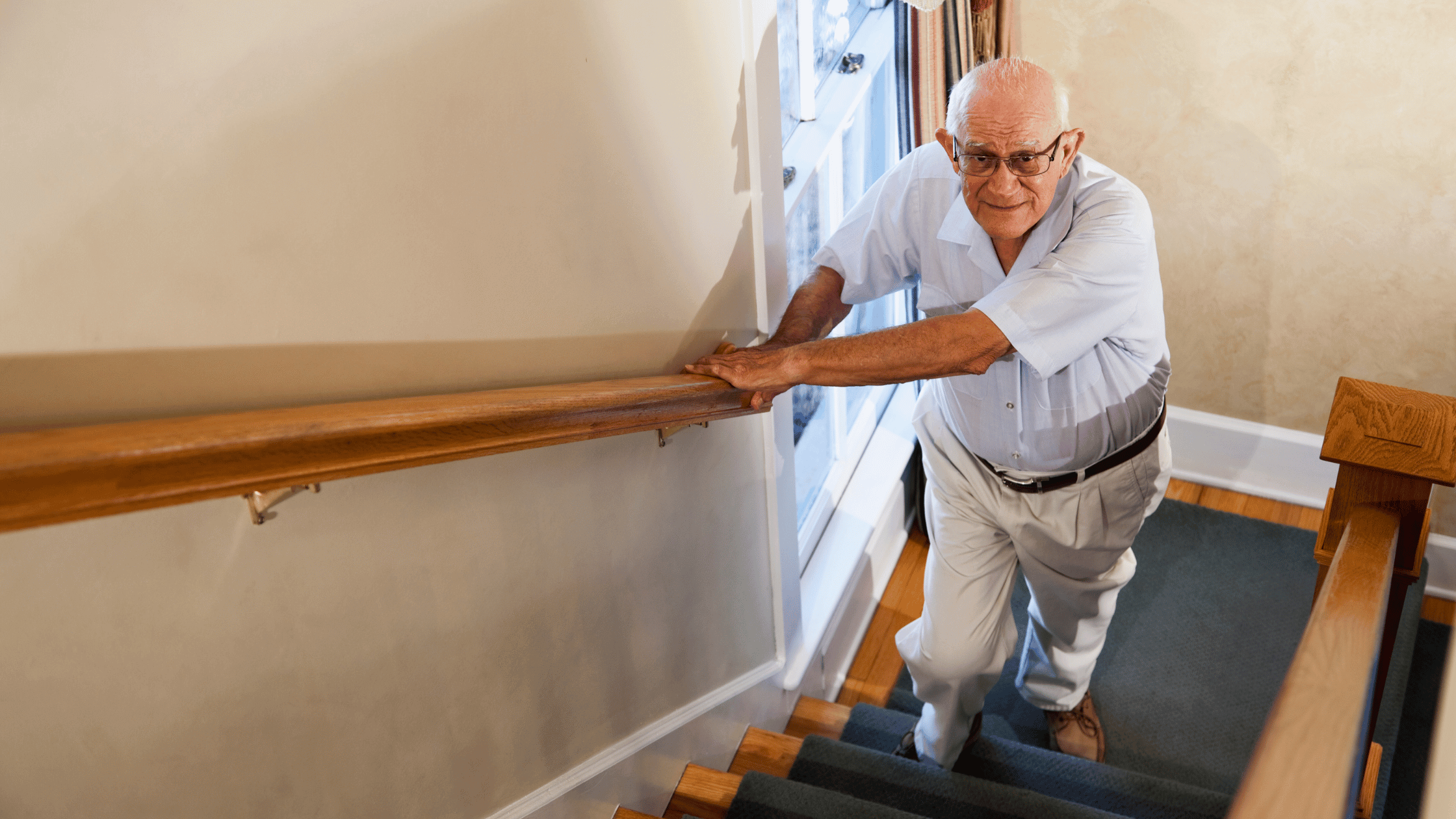Balance | Neurological Recovery
The Best Ways to Improve Your Balance at Home: Safety and Personalization

Licensed Physical Therapist, PT, DPT // Dry Needling Certified // EW Motion Therapy Trussville
Maintaining balance is crucial for everyday activities, whether navigating a busy sidewalk or reaching for an item on a high shelf. Improving your balance enhances your overall physical function and significantly reduces the risk of falls and injuries. Fortunately, there are effective ways to improve your balance at home. It can be critical, however, to consult a professional like a physical therapist for personalized exercise recommendations. We love helping our clients at EW Motion Therapy reduce fall risk and continue to pursue their favorite activities. But even if you decide that physical therapy with us doesn’t fit your needs, you can still read this article as we discuss various exercises and safety considerations to help you develop better balance in the comfort of your home.
Understanding the importance of balance
Balance is a fundamental aspect of our daily movements. It enables us to walk without falling, climb stairs, and engage in recreational activities easily. Good balance stems from muscle strength, coordination, and proprioception – the body's ability to sense its position in space. Our balance can diminish as we age or face specific health challenges, making incorporating balance exercises into our routine essential.
Poor balance can lead to a higher risk of falls, a leading cause of injury among older adults. It can also limit mobility and independence, reducing quality of life. By working on improving balance, you're not only enhancing your physical abilities but also protecting yourself from potential injuries.
Safe and effective balance exercises at home
Beginning with the basics
If you're new to balance exercises or have existing health concerns, starting with basic exercises is essential. Simple activities like standing on one leg, heel-to-toe walking, or using a chair for support while performing leg lifts can be highly effective. These exercises help strengthen the leg muscles and improve coordination.
Progressing to advanced techniques
As your balance improves, you can gradually increase the difficulty of your exercises. This might include using less support, incorporating movement into your balance poses, or trying exercises on an unstable surface like a balance cushion. Remember, the goal is to challenge yourself safely without risking a fall.
Personalizing your balance routine
Before starting any balance exercises, assess your current balance abilities. You can do this by timing how long you can stand on one leg without support or seeing how easily you can walk in a straight line. This assessment will help you understand your starting point and track your progress.
Not all balance exercises are suitable for everyone. Your choice of exercises should be based on your current fitness level, existing health conditions, and overall comfort with the activities. For instance, if you have a history of ankle injuries, focus on exercises that strengthen the lower legs and improve ankle stability.
Testing your balance at home can be done safely with a few simple exercises. Here are three easy tests along with their specific instructions and normative values:
Single-leg stand test
Instructions: Stand upright in a safe area, near a counter or table for support if needed. Lift one foot off the ground, bending the knee slightly. Start timing as soon as one foot is off the ground. Stop timing if the foot touches the ground or if you need to grab something for support. Repeat with the other leg.
Normative values:
- Under 60 years: Should be able to stand for at least 30 seconds.
- Over 60 years: 10-15 seconds is average.
Tandem stance test
Instructions: Stand with one foot directly in front of the other, heel-to-toe. Place arms on hips and maintain this position. Time how long you can hold this position without stepping aside or losing balance. Repeat with the other foot in front.
Normative values:
- Adults: Average is around 30 seconds
- Older adults: 10 seconds is considered normal.
Functional reach test
Instructions: Stand next to a wall, and raise the arm closest to the wall to shoulder height. Make a fist and note where the knuckles are in relation to the wall. Lean forward as far as possible without taking a step or losing balance. Measure the distance between the starting and the farthest reach point.
Normative values:
- Young adults: 14-16 inches
- Older adults: 10-12 inches
Safety precautions
- Perform these tests in a clutter-free area.
- Have a sturdy chair or countertop nearby for support.
- Wear comfortable, non-slip shoes.
- If you have any medical conditions or balance issues, consult a healthcare professional before attempting these tests.
Remember, these values are general guidelines and can vary based on individual fitness levels and health conditions.
Safety considerations for home balance exercises
Create a safe environment
When doing balance exercises at home, ensure you have a safe, clutter-free space. Use a sturdy chair or wall for support if needed, and consider having a soft surface like a yoga mat to cushion any falls. Having a phone nearby or performing the exercises under supervision is also advisable if you need assistance.
Listen to your body
Pay attention to how your body responds to the exercises. Modify the exercise or take a break if you feel pain or discomfort. It's essential to challenge yourself, but not at the expense of your safety or well-being.
Improving your balance at home is a practical and effective way to enhance your overall physical function and reduce the risk of falls. You can significantly improve your balance by starting with basic exercises, progressing safely, and personalizing your routine. Remember, the key is consistency and listening to your body.
As always, consult with a healthcare professional before starting any new exercise program, especially if you have existing health or safety concerns. A physical therapist can be an excellent professional to consult with these concerns and to receive personalized exercise recommendations. We love helping our clients move safely and reduce fall risk at EW Motion Therapy, and our team of experts is certified in working with balance patients. To learn more about lowering fall risk throughout your home, click the button below to download our free home safety guide.


